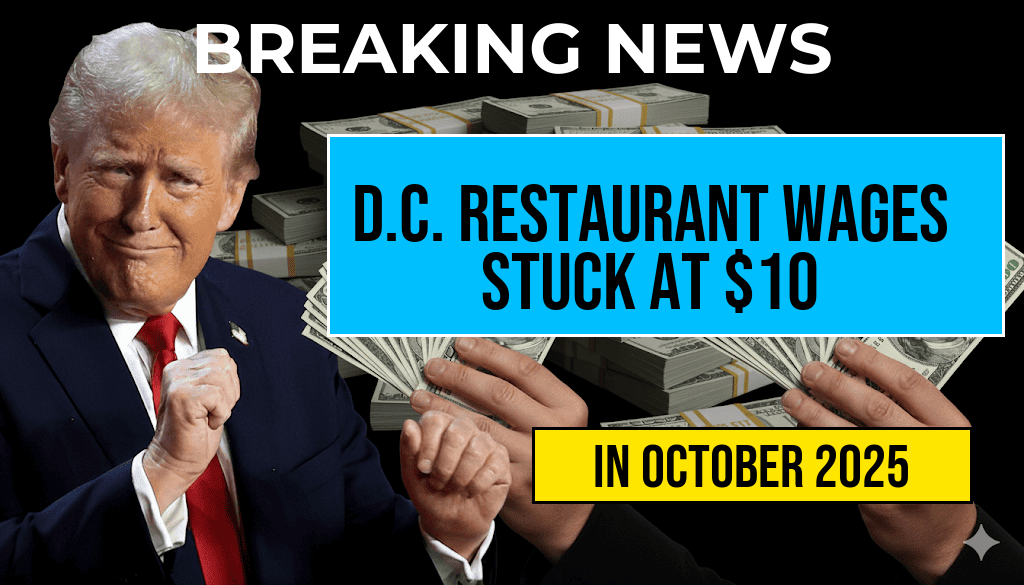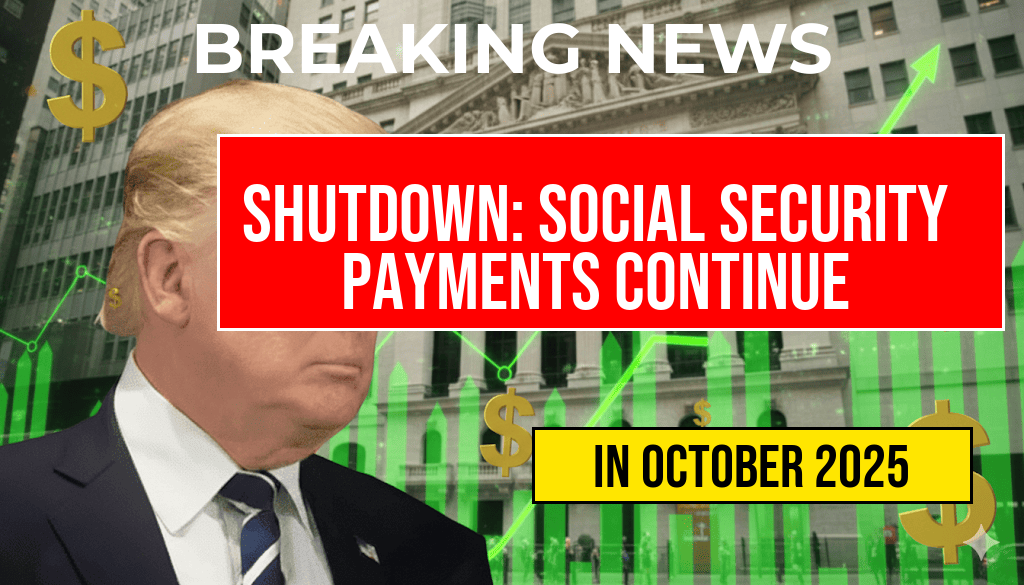Workers in Washington D.C.’s restaurant industry are facing a stagnant wage landscape, with many earning a fixed rate of $10 an hour as a result of a recent wage freeze. Despite rising living costs and increased inflation, restaurant employees are not seeing the anticipated wage hikes that could bridge the gap between their current earnings and a more sustainable income. This stagnation translates into an annual shortfall of approximately $4,160 for employees earning $12 per hour, assuming a standard 40-hour workweek. The wage freeze, enacted by local policymakers in response to economic pressures, raises questions about the broader impact on worker livelihoods, restaurant competitiveness, and the region’s economic recovery.
Wage Freeze and Its Impact on Restaurant Workers
Background of the Wage Policy
Washington D.C. has historically been progressive in its labor policies, with minimum wages increasing steadily over the past decade to reflect inflation and cost of living adjustments. However, a recent decision by city officials to impose a wage freeze on hospitality sector workers has disrupted this trend. The freeze, announced in early 2023, was primarily justified by concerns over economic stability amid fluctuating tourism and dining demand. According to the D.C. Department of Employment Services, the policy effectively caps wages at $10 an hour for most restaurant staff, including servers, cooks, and bartenders.
The Financial Consequences for Employees
| Wage Rate | Weekly Earnings (40 hours) | Annual Earnings (52 weeks) | Difference from $12/hour |
|---|---|---|---|
| $10/hour | $400 | $20,800 | $4,160 |
| $12/hour | $480 | $25,000 | — |
For workers earning the capped rate, the annual income falls short of what they would earn at a $12 hourly wage by approximately $4,160. This gap compounds over the year, especially affecting employees who rely heavily on tips, which are typically calculated based on a percentage of total sales. With wages held at the minimum, many staff members report increased financial strain, struggling to cover basic expenses such as rent, healthcare, and transportation.
Broader Economic and Social Implications
Impact on Worker Wellbeing
Labor advocates warn that the wage freeze could exacerbate economic disparities within the hospitality sector. “Holding wages at $10 an hour while inflation continues to rise effectively reduces workers’ purchasing power,” said Maria Lopez, director of the D.C. Hospitality Workers Union. “Many employees are feeling the squeeze, balancing multiple jobs just to make ends meet.”
Effects on Restaurant Operations
Some restaurant owners express concern that stagnant wages might contribute to high turnover rates and difficulty in retaining skilled staff. “When wages stagnate, especially in a competitive labor market, it becomes harder to attract and keep experienced workers,” noted James Carter, owner of a popular downtown eatery. “This can impact service quality and overall customer satisfaction.”
Economic Recovery and Policy Considerations
City officials argue that the wage freeze is a temporary measure aimed at stabilizing the local economy. They highlight ongoing efforts to support small businesses and tourism, which is a significant revenue source for the district. However, critics contend that such policies could hinder economic recovery by suppressing consumer spending and reducing the financial resilience of essential workers.
Comparative Analysis with Other Jurisdictions
Minimum Wages in Major U.S. Cities
- New York City: $15 per hour as of 2023, with phased increases over several years.
- San Francisco: $16.32 per hour, reflecting the high cost of living.
- Chicago: $15 per hour, with plans for future increases to support economic growth.
Lessons from Policy Variations
These examples demonstrate that cities with higher minimum wages often see improved earnings for restaurant workers, though debates continue over the balance between wage levels and business viability. Washington D.C.’s current approach underscores the tension between economic stabilization measures and the need to ensure fair compensation for frontline workers.
Looking Ahead: Potential Policy Adjustments
Calls for Wage Reforms
Labor organizations and worker advocates are urging policymakers to revisit the wage freeze, advocating for a gradual increase towards a living wage benchmark. They emphasize that supporting employee income directly correlates with better service quality, higher employee morale, and a stronger local economy.
Potential Economic Benefits of Wage Increases
- Enhanced worker spending power, leading to increased patronage and sales for restaurants.
- Reduced turnover costs, saving restaurants money on recruitment and training.
- Improved quality of life for workers, fostering community stability.
As Washington D.C. navigates its economic recovery, the debate over wage policies in the hospitality sector remains central. Balancing fiscal responsibility with fair compensation will likely shape the city’s labor landscape in the coming months.
Frequently Asked Questions
What is the current minimum wage for restaurant workers in Washington D.C.?
The current minimum wage for restaurant workers in Washington D.C. remains at $10 an hour due to a wage freeze.
How does the wage freeze affect annual earnings for restaurant employees?
Because of the wage freeze, restaurant employees earning $10 an hour face an annual shortfall of $4,160 compared to what they would earn at a $12 an hour rate.
What is the difference in hourly pay between the current rate and the targeted rate?
The current $10 an hour pay rate is $2 less than the targeted $12 an hour rate, leading to significant earnings disparity.
Why has the wage freeze been implemented in D.C.’s restaurant industry?
The wage freeze has been put in place due to economic or policy reasons, which has prevented an increase in restaurant wages beyond $10 an hour.
What are the potential implications for restaurant workers due to the wage freeze?
The wage freeze may impact worker income and cost of living, leading to financial challenges for restaurant employees facing stagnant wages while living costs rise.






